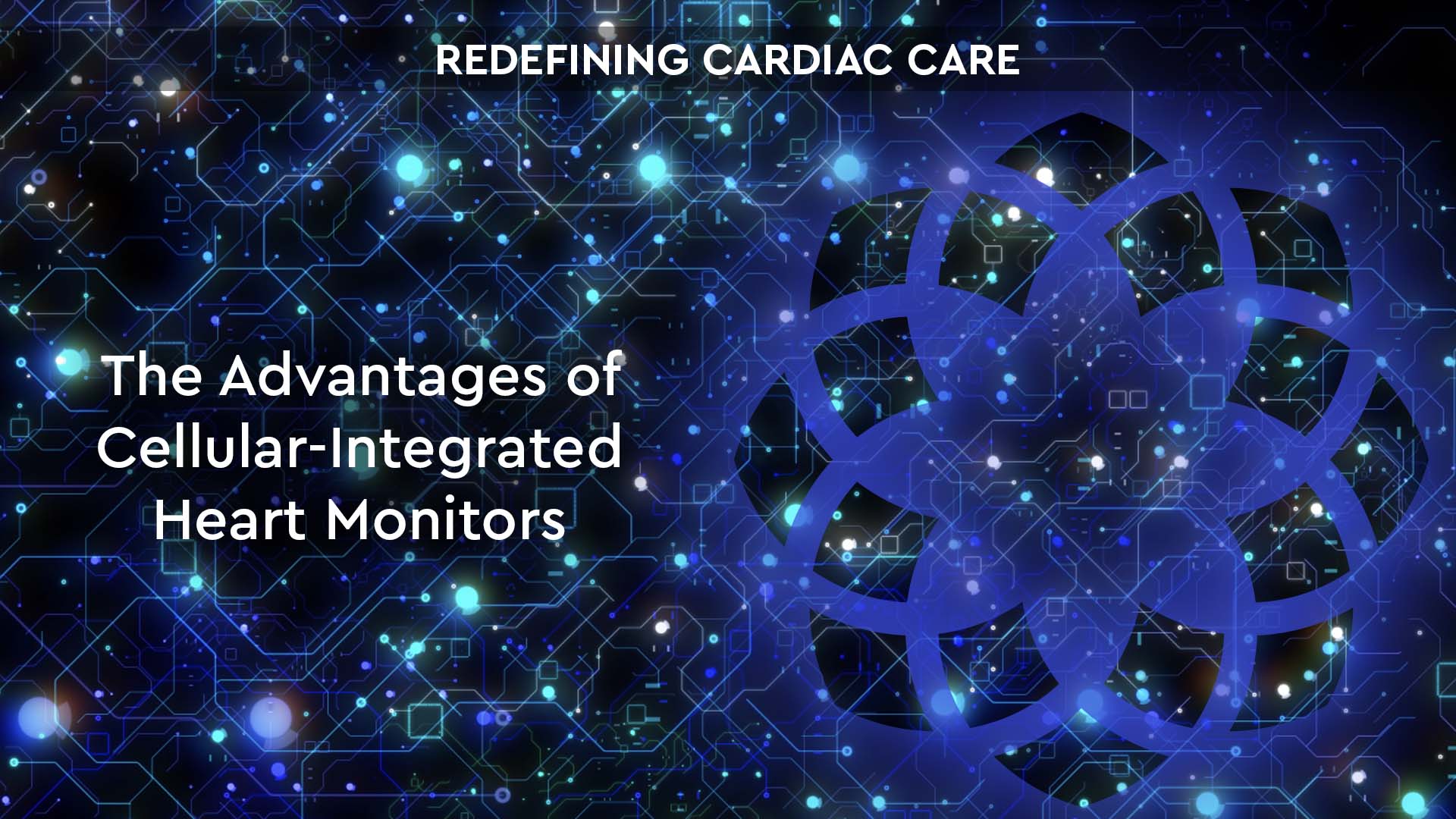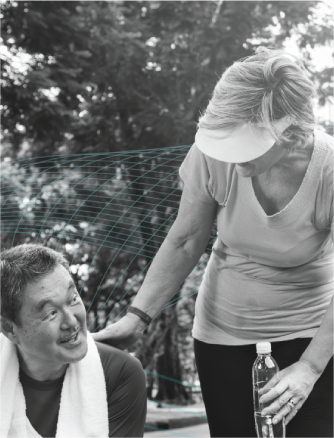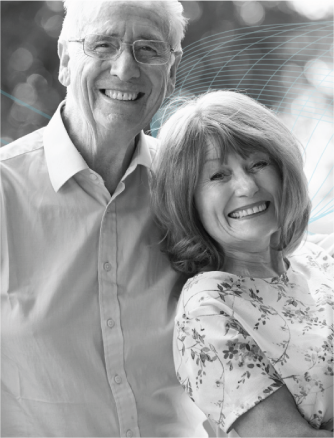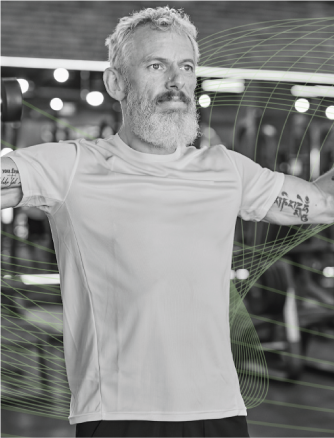The development of heart monitors with built-in cellular technology is revolutionizing cardiac care, offering significant advantages over traditional devices that rely on cellphones for data transmission. As heart monitor companies continue to innovate, these cellular-enabled devices provide faster data transmission, improving patient safety and reducing delays in cardiac diagnostics. This blog explores the key differences between these technologies and how they impact patient outcomes, highlighting the importance of choosing the right device for remote cardiac monitoring.
Heart Monitors with Built-In Cellular Technology
Heart monitors with built-in cellular technology allow for continuous, remote cardiac monitoring by transmitting data directly to healthcare providers without the need for a smartphone or external device. These monitors, also known as remote cardiac monitoring devices, are ideal for patients who require continuous tracking of their heart activity, particularly those at high risk for arrhythmias or other cardiac events.
Key Benefits of Cellular-Enabled Heart Monitors:
- Real-Time Data Transmission
Unlike cellphone-dependent devices, heart monitors with built-in cellular technology send data immediately to healthcare professionals, ensuring that any detected abnormalities are addressed as soon as they occur. This real-time transmission is essential for conditions like atrial fibrillation (AFib), where timely intervention can prevent serious complications.
Learn more about Biotricity’s cellular-enabled cardiac monitors here.
- Improved Patient Safety
By transmitting data in real time, these devices reduce the risk of delayed diagnostics and treatment. Patients wearing a remote cardiac monitor with built-in cellular technology can be confident that their heart data is being monitored around the clock, improving safety and health outcomes. - No Dependency on External Devices
Cellular-enabled external cardiac monitors eliminate the need for patients to carry and manage an additional device, such as a smartphone, to ensure data transmission. This enhances compliance, particularly for elderly patients or those with limited technological experience.
Devices That Require a Cellphone for Data Transmission
Some remote cardiac monitoring devices rely on a paired smartphone to transmit heart data. These devices are usually connected via Bluetooth, with the phone acting as the gateway to send data to healthcare providers. While these devices still offer continuous monitoring, there are some significant drawbacks compared to built-in cellular devices.
Drawbacks of Cellphone-Dependent Devices:
- Potential Delays in Data Transmission
When relying on a cellphone for data transmission, there are risks associated with connectivity issues. If the phone is out of range, turned off, or has a poor signal, heart data may not be sent immediately. These delays can lead to postponed diagnostics, especially for patients experiencing acute symptoms, which could result in preventable medical emergencies. - Dependence on Multiple Devices
Patients must ensure that both their heart monitor and smartphone are charged and within range of each other. This added complexity can affect compliance, particularly in elderly or forgetful patients. A single failure, like a discharged phone, could cause critical lapses in monitoring.
For a more seamless solution, consider Biotricity’s wireless heart monitors, which provide continuous monitoring without the need for external devices here.
- Inconsistent Monitoring
When cellphone connectivity is interrupted, there can be significant gaps in heart rhythm tracking. This inconsistency could prevent cardiac monitor companies from detecting life-threatening conditions, delaying essential treatment.
The Impact of Data Transmission Delays on Patient Safety and Diagnostics
In the realm of cardiac care, time is of the essence. A delay in receiving heart data, even by minutes, can have severe consequences, especially in cases of life-threatening arrhythmias like ventricular fibrillation. Built-in cellular technology eliminates the risk of delays by ensuring immediate transmission of data. This is crucial for cardiac diagnostics, as real-time access to heart data enables faster diagnoses and more timely interventions.
According to a study by the American Heart Association, remote monitoring technologies significantly improve outcomes by reducing hospital readmissions and improving the early detection of arrhythmias.
Why Built-In Cellular Technology is the Future of Cardiac Monitoring
As more heart monitoring companies adopt cellular-enabled technology, patients and healthcare providers can benefit from faster, more reliable remote ECG monitoring. Devices equipped with built-in cellular connections are transforming how cardiac monitoring services are delivered by ensuring continuous, uninterrupted data transmission and reducing the dependency on external devices like cellphones.
Explore more about the advantages of remote cardiac monitoring devices with built-in cellular technology through Biotricity’s advanced cardiac solutions here.
Conclusion: Choosing the Right Heart Monitor for Patient Safety
The choice between heart monitors with built-in cellular technology and those that rely on cellphones has significant implications for patient safety and the timeliness of cardiac diagnostics. While cellphone-dependent devices offer some benefits, the risk of transmission delays and gaps in monitoring can jeopardize patient outcomes. Built-in cellular devices, on the other hand, ensure continuous, real-time monitoring, making them the preferred choice for high-risk patients and healthcare providers focused on delivering timely, effective care.
As the demand for reliable, real-time remote cardiac monitoring devices grows, cardiac monitor companies are expected to continue investing in cellular-enabled technology, improving both patient safety and diagnostic speed.
Learn more about the latest innovations in cardiac monitoring services and find the right external heart monitor for your needs at Biotricity.com.






